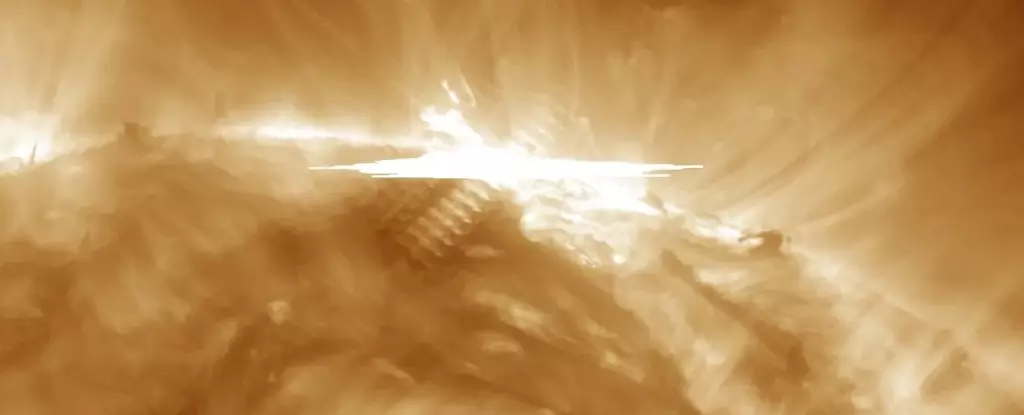Geomagnetic storms, prompted mainly by solar events like coronal mass ejections (CMEs), are significant disturbances in Earth’s magnetosphere. These storms arise when massive bursts of solar wind and magnetic fields emerge from the sun’s corona and collide with the Earth’s magnetic field. The recent storm, which caused elevated levels of disruption, exemplifies the challenges posed by these natural phenomena. Occurring at a time when the Sun is experiencing heightened activity within its roughly 11-year cycle, these storms have the potential to wreak havoc on modern technological systems.
Recent warnings from the US Space Weather Prediction Center (SWPC) regarding the current geomagnetic storm’s intensity have raised alarm, especially as recovery efforts continue following Hurricanes Helene and Milton. The SWPC classified the storm as reaching G4 severity, which could complicate existing challenges faced by emergency response teams. The interplay between recovering from natural disasters and grappling with severe weather conditions from space highlights an often-overlooked aspect of disaster management — the dependence on technology that can be easily disrupted.
The potential effects of geomagnetic storms on critical infrastructure are profound. Systems such as satellite communications, power grids, and GPS services are all at risk when storm conditions escalate. The SWPC has alerted the Federal Emergency Management Agency (FEMA) and various state agencies about the situation, indicating proactive steps toward mitigating the impacts on recovery. Previous solar storms have demonstrated the capacity to disrupt power systems drastically— the infamous “Halloween Storms” of 2003 led to widespread blackouts and infrastructure failures, providing a historical precedent of what could transpire again.
While much focus is placed on the disruptions caused to technology, geomagnetic storms also have aesthetic manifestations—most notably the appearance of auroras. Under the appropriate conditions, areas that are usually far from the polar regions might enjoy breathtaking displays of lights. In fact, the SWPC predicts that these natural light shows could reach as far south as northern California or Alabama. For individuals in these areas, optimal viewing will be found in locations with minimal light pollution, and even smartphones might be able to capture these majestic sightings.
As the world becomes increasingly reliant on technology, understanding and preparing for the impacts of geomagnetic storms is essential. The current storm poses immediate challenges, especially for recovery efforts following natural disasters. Continuous monitoring and advancements in forecasting technology are critical in minimizing the potential risks to infrastructure and preserving essential services. The dual threat from both hurricanes and solar storms illuminates the need for comprehensive strategies that factor in not just Earthly disasters, but cosmic events as well. Balancing technological dependence with natural unpredictability requires a holistic approach to future risk management.



Leave a Reply